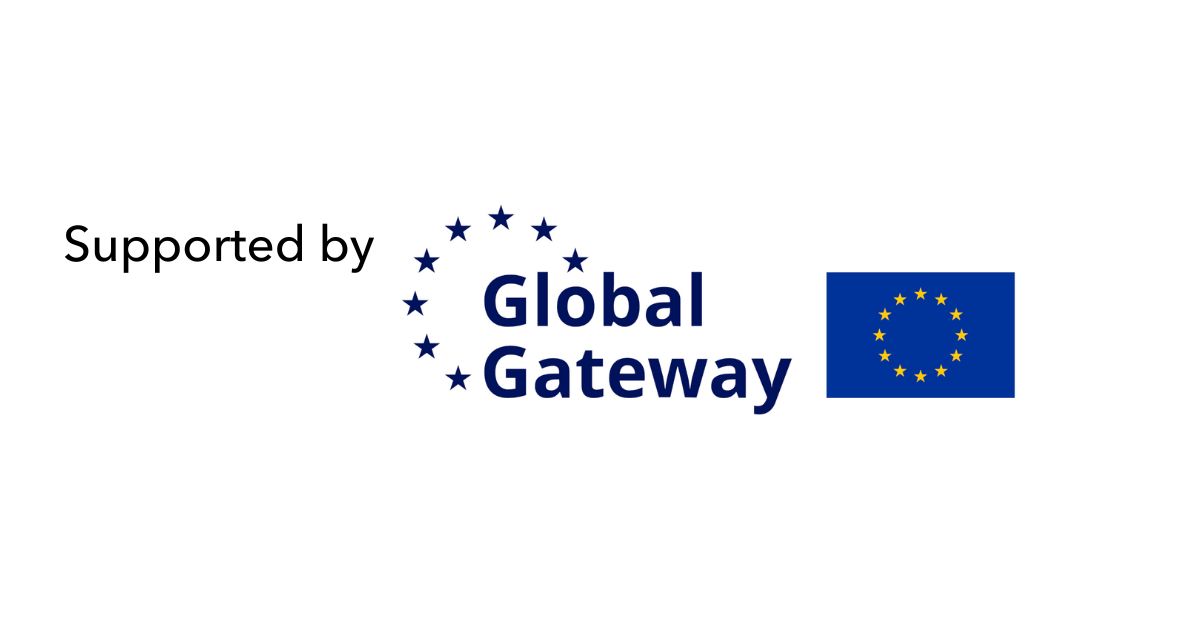- Cristina Mancigotti
- Ghazi Mabrouk
- Praachi Kumar
- Angel Draev
Introductory
Event Organizer(s)



Description
Digital technology is becoming important in addressing sustainable development challenges. This course introduces participants to the challenges of digital inclusion, the consequences of digital divides, and the opportunities towards inclusive and equitable digital transformation. The modules focus on digital inclusion, evaluation, and approaches to understanding ICTs and their relationship with development and governance in a changing technology landscape. Participants will receive training on theoretical aspects of digital inclusion, as well as an introduction to tools used to unearth and evaluate these gaps. Through applications related to low- and middle-income countries, participants will be introduced to models of technology acceptance and diffusion, and inclusive design in technology-based solutions to global social challenges. With the generous support of the Global Gateway initiative of the European Union, this course is offered for free for selected parti cipants.
This introductory course targets policy-makers, government officials and other relevant civil servants from national and regional administrations, officials from international organisations, entrepreneurs, professionals in relevant sectors, representatives of civil society organisations, universities, research centres, and think-tanks.
Members of the above-mentioned target population are invited to apply for the training if they meet the following criteria:
- Hold an undergraduate degree in a relevant field or have a minimum of three years of experience in digital inclusion-related topics.
- Possess a fluent level of English.
- Complete the application questionnaire available on the ITU Academy.
- Government officials and policymakers from developing countries, particularly women, are encouraged to apply.
- Selection will be conducted by the course organizers, who will consider the above entry requirements along with an analysis of the application questionnaire of each applicant.
Upon completion of this course, participants will be able to:
- Identify the key concepts within social -inclusion frameworks (such as gender, intersectionality, and vulnerability) and their relevance for digitalization.
- Identify the enablers of and barriers to digital inclusion as well as the role of different technologies.
- Assess how the digital divide impacts vulnerable groups from theoretical and practical perspectives.
- Recognise how research and evaluation can support the analysis of digital divides and define data and statistical methods to examine inclusion.
The course is divided into four units. The units have been carefully chosen to provide an overview of the most important aspects of the digital divide.
The four units are:
- A Bird’s Eye View of the Divide: Social Inclusion and Digitalisation
- Disentangling Data for Digital Inclusion: How can we Evaluate Gaps?
- Intersections between Technology and Development
- Governance for Inclusion: Emerging Challenges and Opportunities
The course content includes:
- Weekly online lecture (taped): Thursday at 14:00 CEST
- Weekly online tutorial session (synchronous): Monday at 14:00 CEST
- Weekly required readings
- Unit quizzes through multiple choice questions based on materials
- Discussion board with reflection and peer learning (mandatory forum)
- Individual policy memo (final assignment)
All materials can be accessed through the ITU Academy platform.
Course timeline:
- Unit 1 Lecture: Thursday 31 October, 14:00-15:00 CET
- Unit 1 Tutorial: Monday 4 November, 10:00-11:00 / 13:00-14:00 / 16:00-17:00 CET
- Unit 2 Lecture: Thursday 07 November, 14:00-15:00 CET
- Unit 2 Tutorial: Monday 11 November, 10:00-11:00 / 13:00-14:00 / 16:00-17:00 CET
- Unit 3 Lecture: Thursday 14 November, 14:00-15:00 CET
- Unit 3 Tutorial: Monday 18 November, 10:00-11:00 / 13:00-14:00 / 16:00-17:00 CET
- Unit 4 Lecture: Thursday 21 November, 14:00-15:00 CET
- Unit 4 Tutorial: Monday 25 November, 10:00-11:00 / 13:00-14:00 / 16:00-17:00 CET
- Question and Answer Policy Memo: Monday 25 November, 15:00-15:30 CET
- Deadline policy memo: Friday 29 November, 23:59 CET
- Grades: Friday 06 December
- Individual assignment resit deadline: Tuesday 11 December, 23:59 CET
- Final grades: Monday 16 December
Disclaimer: In case of unbalanced regional coverage of participants, there may be slight shifts in indicated times.
Participants are required to submit one multiple-choice exam at the end of each module. Each assignment is graded individually on a 1-10 scale. Upon completion of the course, participants need to submit an individual policy memo.
The final grade for this module is the simple weighted average of all graded components’ grades:
Unit 1 Exam: 10% | Unit 2 Exam: 10% | Unit 3 Exam: 10% | Unit 4 Exam: 10% | Individual Policy Memo (final assignment): 50% | Participation (tutorials, discussion boards): 10%
You will pass the course if the average grade is 5.5 or higher (on a 10 point scale, with 1 being lowest and 10 being highest) and if the grade for at least three of the unit exams 5.5 or higher.
For each Unit exam, there is one resit option. In case you take this option (which is open to all, irrespective of the grade of exam one) the grade for the resit option will replace the initial grade (also in case the initial grade was higher). This resit option is available immediately after the completion of the exam.
For the individual assignment, there is one resit opportunity, linked to a resit oral exam. You are allowed to take the resit if your assignment grade is below 5.5 (on a 10 point scale, with 1 being lowest and 10 being highest) or if your final grade is below 5.5. The total successful completion score for certification needs to be a minimum of 70% or higher.











